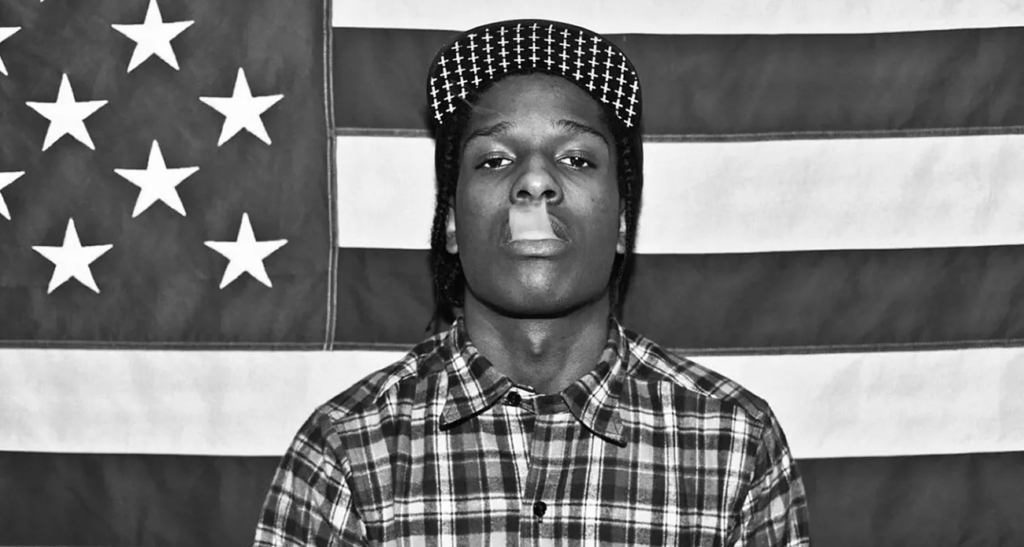Rapping Towards the American Dream
Merton’s Anomie theory provides a general framework for understanding why some individuals adopt alternate routes to realize their American Dream. Rap artists are linked to the foundation of the American Dream which is built on economic freedom and class mobility because of the financial freedom voiced in rap lyrics which in return reinforce the idea of the American Dream (Martinez 2015; Sullivan 2003). Thus, the rap music industry has become one way to achieve a version of the dream. Instead of having a traditional job that is deemed socially acceptable, rap artists use their media outlet to achieve economic freedom despite the limitations they may have faced or are facing. When rap artists become successful and achieve economic freedom, the foundation of the American Dream, it is falls under the category of an innovative approach to achieve institutionally approved goals. Rap artists have the goal of achieving economic freedom through the means of music (Cloonan and Williamson 2023; Martinez 2015); categorizing the rap artists as using an innovative approach because although they are meeting the institutional goal, the means of achieving the goal are not the stereotypical hard work and dedication that is witnessed through traditional paths such as education, entrepreneurship, and corporate offices. The music industry is viewed as untraditional, precarious, and often impractical (Cloonan and Williamson 2023); however, rap music also serves as a reinforcement of the America dream because the messages in rap lyrics echo the importance of hard work.
This image shows rap artist ASAP Rocky captured in front of the American Flag. Because one of ASAP Rocky’s songs is used in my data, having him be in front of the American Flag captures the major themes of my project. (Ruslan05 from GoodFon)

The American Dream stays alive through the words of the artist who acts to inspire youth and influence those who listen. However, the emphasis on struggle is not what rap music and artists solely rely on, it also revolves around celebrating success from hard work (Archer 2014; Howell and Caisey 2019; Musick and Wilson 1998). The lyrics of success and celebration directly tie back to accomplishing the American Dream of economic freedom and accumulation of wealth (Hanson and Zogby 2010). It reflects the dedication and commitment to achieving this dream, which is similar to the original concept of the American Dream. However, rap artists particularly underscore the journey of rising from a struggle deeply entrenched in oppression and systematic inequality. This idea of “making it” is a product of capitalism and traces back to the origins of status and power being controlled by wealth. Therefore, Anomie theory assists in painting the picture of why rap artists use an innovative approach to achieving the American dream. The songs that are collected as data will highlight the overarching themes of traditional ideals associated with the American dream, making them reinforced and upheld by rap artists, regardless of innovative approach.